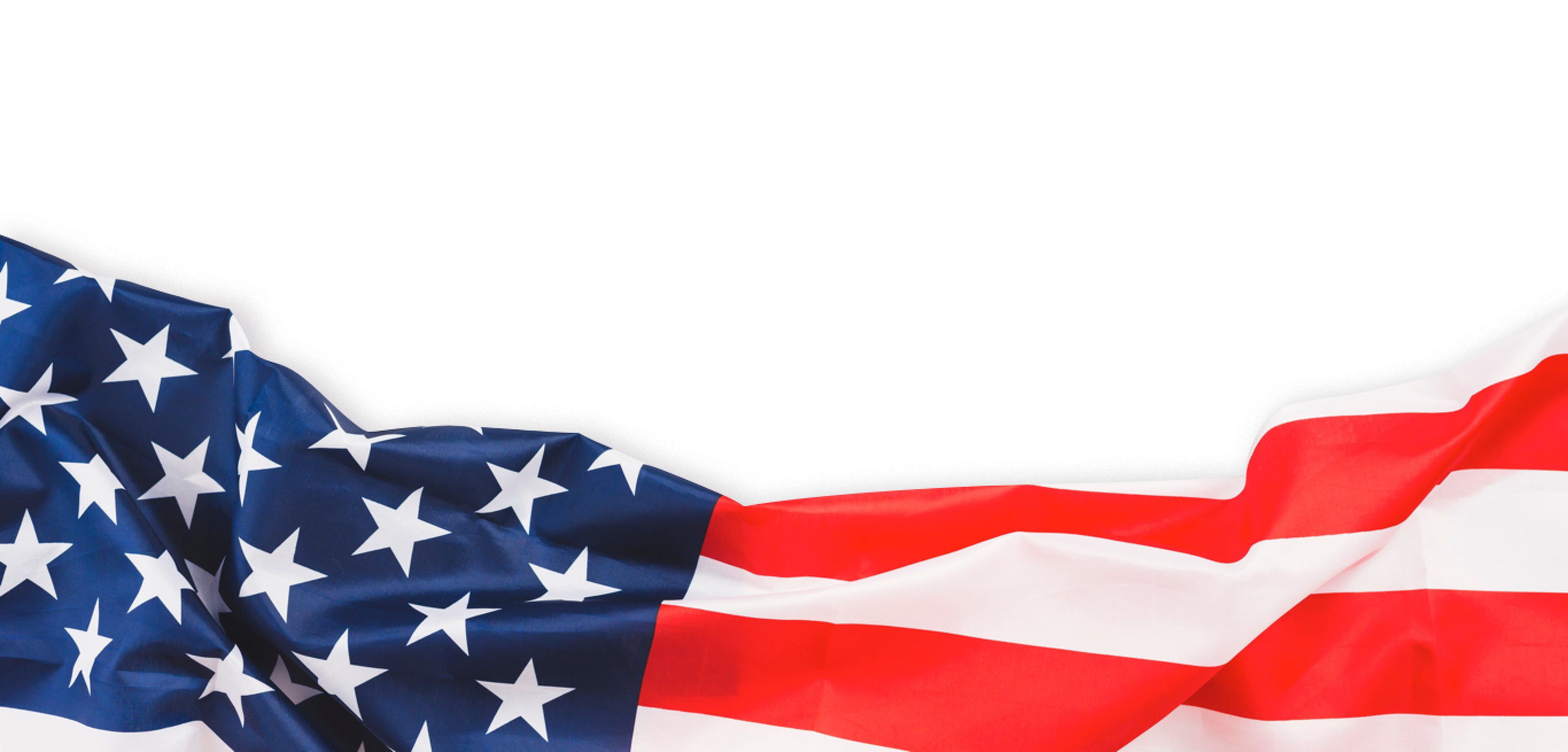
The 1952 Democratic National Convention and Its Historical Significance
Justin Humphries,
Every four years, Americans go to the polls to vote for their preferred presidential candidate. Chiefly, their choice is between one of two candidates: the Republican nominee or the Democratic nominee. But how does it get narrowed down to these names?
The answer is through a national convention. In the case of the Democratic nominee, Democrats gather together each year for their national convention, where delegates come together to cast their vote for the party’s ultimate representative. And while there’s a clear frontrunner most of the time, there are occasions where the Democratic National Convention can become a contested event.
In particular, the 1952 Democratic National Convention goes down in history books as one of the most memorable contested conventions. A contested convention occurs when there is no one candidate that has the majority of delegate votes prior to the convention taking place. The following details highlight the events of the 1952 Democratic National Convention and why it's significant.
What Occurred During the 1952 Democratic National Convention?
The 1952 Democratic National Convention took place July 21-26, 1952, at the International Amphitheatre in Chicago, Illinois. This party convention unfolded in the same location as the 1952 Republican National Convention, which occurred a few weeks prior, with similarly interesting outcomes.
At the time of the Democratic National Convention, there was a deep divide between delegates who supported civil rights—mainly northern states—and those who did not. Ultimately, to promote a more cohesive political party heading into a presidential election, a requirement was put into place that all delegates would pledge to support the resulting nominee and the party as a whole. As you might imagine, this created some tension as the votes were being cast.
During the 1952 Democratic National Convention, the front running candidates included Senator Estes Kefauver (Tennessee), Averell Harriman (New York), and Senator Richard Russell (Georgia). Another candidate, Governor Adlai E. Stevenson (Illinois), wasn't even seeking the nomination but wound up being drafted by the convention and won the nomination on the third ballot!
Already contentious, the 1952 Democratic National Convention saw many delegates making surprise shifts in their vote between rounds of voting. Once unbound from their original allegiance, delegates began to throw their weight behind secondary candidates. The result was three-rounds of clashed voting, with surprise candidate knockouts and, ultimately, the nomination going to Governor Adlai E. Stevenson.
Why Is the 1952 Democratic National Convention Significant Today?
The 1952 Democratic National Convention is significant today because of its contested convention features and the fact that the selected nominee wasn't even attending the Democratic National Convention as a candidate, but as a guest speaker!
It took three ballots to decide on a nominee, Governor Stevenson, and this is the last time a multi-ballot convention has occurred. Even more impressive is the fact that Governor Stevenson wasn't even attending the event for the purpose of running for president and wound up winning the nomination. Today, this turn of events would be unthinkable: it rides in the face of tremendous planning and strategizing in the lead-up to the national convention.
Above all, this event gives us a peek inside of due process that we’ll likely never see again. Even in times of uncertainty among nominees—such as the recent 2020 convention that saw a tight Democratic field of candidates—parties know how absolutely essential it is to present a unified front. The 1952 convention shows what happens when there’s no consensus, and how even a divided party can come to one.
An Interesting Year for Presidential Elections
As mentioned, the Republican National Convention went through a similar scenario only weeks earlier in 1952. Rather than contested, the convention was brokered, ultimately ending in a single nomination that unified the party.
In the end, it was Republican nominee Dwight D. Eisenhower who would win the presidential election. However, the 1952 Democratic National Convention is still remembered to this day for its contested convention attributes and unique way in which the eventual nominee was selected. And while it’s certainly not the last contested convention we’ll see as a country, it’s definitely one of the most complex and interesting representations of the nominee selection process in our country’s history.
Visit The Flag Shirt and explore our large selection of patriotic clothing. From American flag polo shirts and button down shirts to patriotic neckties and other accessories, you’ll find any type of American-themed clothing and accessories you’re looking for! Come browse styles for men, women and kids, and show your patriotic spirit in the most stylish way possible.













